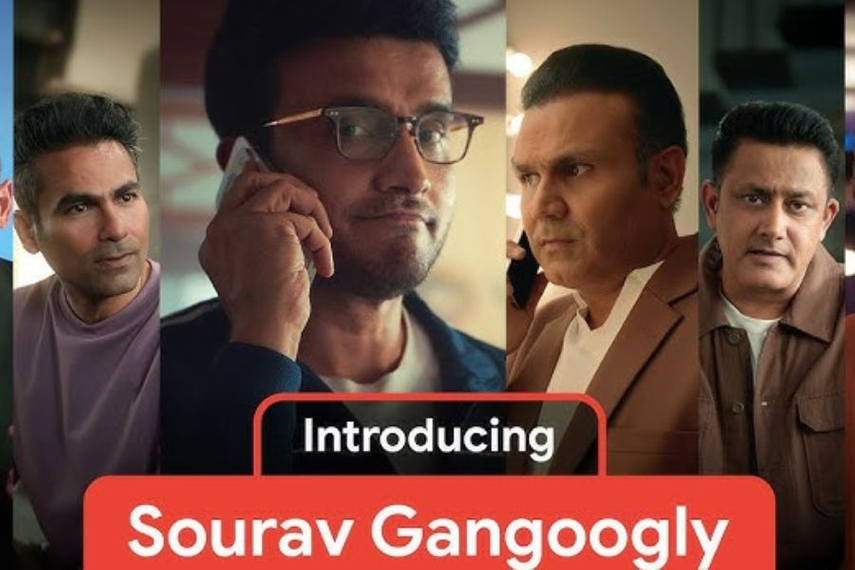
By all accounts, cricketer Virender Sehwag should’ve been enjoying a peaceful post-retirement life—commentary gigs, the occasional coaching stint, maybe a few reels with old cricket buddies. But in Google’s latest film, Googlies with Google, the Nawab of Najafgarh is anything but chill.
The reason? He is harassed by his former captain Sourav Ganguly at ungodly hours. And he is not the only one. Other cricketers, national and international, also suffer Ganguly’s idiosyncrasies at increasingly bizarre locations—including an autorickshaw and a quiz show set. These players are on the run from one relentless source of cricket trivia: ‘Gangoogly’.
The campaign, created by Bare Bones Collective—a two-year-old indie shop—reboots Google’s October 2024 Googlies campaign that was originally executed by Ogilvy. This time, it arrives in the middle of IPL season, a marketing minefield where even the most well-crafted messages risk being flattened by louder (and often lazier) celebrity endorsements. So how did they cut through the din, hold user attention and nudge them to actually use Google Search—not just laugh and scroll on?
A sequel that doesn’t sequel
When Bare Bones Collective took over the reins of this campaign, the first creative hurdle was obvious: how do you reboot it without leaning into nostalgia or resorting to mimicry?
“Two core audience insights helped shape our narrative,” says Girish Narayandass, co-founder and chief creative officer at Bare Bones Collective. “Firstly, curiosity is a powerful driver. We felt the questions curated by Google India’s team were so interesting that one couldn’t help but search for the answers. Getting hooked by curiosity was the central premise for us.”

The second insight? Sharing is second nature when something truly surprises you.
“Research in psychology and neuroscience supports the idea that sharing information, especially when it involves emotional resonance, is inherently rewarding. Hence, with Gangoogly, you see what happens when a cricketing legend gets hooked by curiosity,” Narayandass explains. “Except he calls at 3 am, which is where the fun happens.”
The character-product tightrope
Googlies with Google could easily have gone the way of most celeb-heavy IPL-time campaigns: oversized characters, undercooked product messaging. But Bare Bones found an elegant solution by fusing the essence of both. The cricketers weren’t just stunt-casting—they were contextually baked into the idea of curiosity.
“This was one of those ads where ‘East aur west ka sangam bohot smooth thha’ (A smooth confluence of East and West),” says Anuya Jakatdar, co-founder of Bare Bones. Moreover, Ganguly is already a quizmaster; he has a popular show called Dadagiri Unlimited. Hence, the agency decided that Google’s Googlies needed one such quizmaster—someone who’d be excited about learning new things and asking these questions; someone with mischief in their eyes. “It was a seamless integration. His name and the pun in it were the proverbial cherry on top,” Jakatdar adds.
The risk of cricketers hijacking the brand’s voice was always on the table—but Bare Bones navigated it through intentional UI storytelling. “Every time Dada threw a Googly at one of his peers, the question appeared on the Google search bar, an interface we’re all intimately familiar with,” Narayandass points out. “When you see something on the search bar, you know it’s meant to be Googled.”

Interestingly, the bigger challenge wasn’t a lack of branding—but too much of it. “There were moments during scripting where there was too much branding. For example, we had a whole section where Kumble says, ‘40 se zyada sawaal hai’ (There are more than 40 questions) and so on. We had to cut it out to make the film more consumer-friendly,” he adds.
Short form, big impact
The campaign’s architecture was decidedly digital-first: a 2.45-minute master film complemented by a fleet of 20-second social snippets. From a creative standpoint, the agency made sure that the 20-second snippets were complete stories in themselves. They also acted as extensions of the main film. “Making them a delight to watch whether you have seen the main film or not,” Narayandass claimed.
And what does delight look like in a world where attention spans are shrinking by the swipe? “Our intention was always to make the narrative fun and entertaining because the Googlies/questions themselves are so fun and entertaining,” he says. “I mean, did you know that peanuts are more peas than nuts? This is a question from last year’s Googlies, but you get the drift.”
To refine these snackable edits, the team relied on testing KPIs around completion rates, engagement, and click-throughs to the interactive game. The data revealed what the team had hoped: the trivia hook wasn’t just a punchline—it was a prompt for action.
The behavioural nudge
One of the subtler victories of the Gangoogly campaign is its success in nudging users toward behaviour change without sounding like a digital parenting lecture. The humour lands, the curiosity builds—and before you know it, you’re Googling, scoring, maybe even sharing the link with your own 3 a.m. trivia squad.
What’s more, the campaign doesn’t pander to cricket fandom as a lazy shorthand for virality. Instead, it uses cricketing camaraderie and real-life personas to highlight the joy of learning something new—accidentally, playfully, and socially.
And in doing so, it turns the product not into a prop, but a punchline delivery system.
So, what does Bare Bones Collective’s success with Googlies with Google tell us about campaign design in 2025?
For one, legacy doesn’t mean loyalty to format. The agency showed that reinvention doesn’t require nostalgia—it requires rethinking the behaviour the brand wants to spark. In this case, it’s not just about ‘Googling’—it’s about feeling compelled to Google because something surprised or stumped you.
Second, humour still sells—but only when it stems from insight, not slapstick. Ganguly’s antics work because they are built on recognisable human (and celebrity) quirks—curiosity, competitiveness, the compulsion to share what you just learned.
And finally, if your product is truly central to the story, you don’t need to shout. A familiar search bar in a funny place is enough.
In the age of snackable storytelling and relentless IPL ad noise, Googlies with Google is a rare campaign that makes you laugh and log on. Now if you’ll excuse us, we need to check if peanuts really are peas.


.jpg&h=334&w=500&q=100&v=20250320&c=1)
.jpg&h=334&w=500&q=100&v=20250320&c=1)
.jpg&h=334&w=500&q=100&v=20250320&c=1)


.jpg&h=334&w=500&q=100&v=20250320&c=1)
.jpg&h=334&w=500&q=100&v=20250320&c=1)



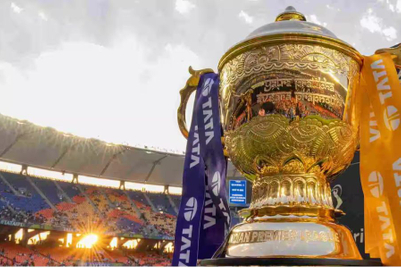

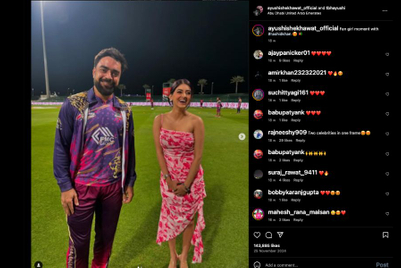
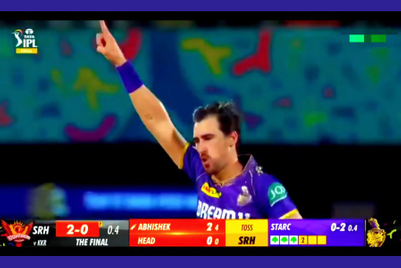


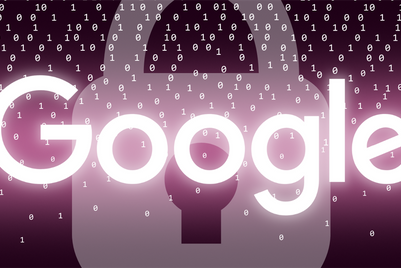
.jpg&h=268&w=401&q=100&v=20250320&c=1)
